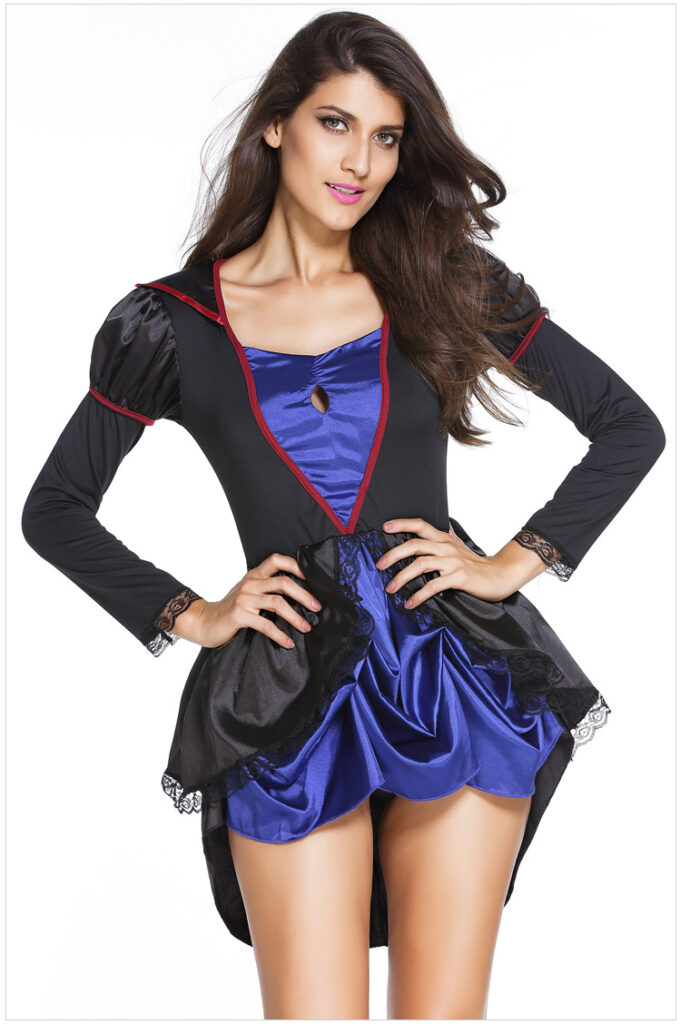
Halloween or Hallowe’en (a contraction of All Hallows’ Evening), also known as Allhalloween, All Hallows’ Eve, or All Saints’ Eve, is a celebration observed in a number of countries on 31 October, the eve of the Western Christian feast of All Hallows’ Day. It begins the three-day observance of Allhallowtide, the time in the liturgical year dedicated to remembering the dead, including saints (hallows), martyrs, and all the faithful departed.

The word Halloween or Hallowe’en dates to about 1745 and is of Christian origin. The word “Hallowe’en” means “hallowed evening” or “holy evening”. It comes from a Scottish term for All Hallows’ Eve (the evening before All Hallows’ Day). In Scots, the word “eve” is even, and this is contracted to e’en or een. Over time, (All) Hallow(s) E(v)en evolved into Hallowe’en. Although the phrase “All Hallows'” is found in Old English “All Hallows’ Eve” is itself not seen until 1556.

It is widely believed that many Halloween traditions originated from ancient Celtic harvest festivals, particularly the Gaelic festival Samhain & Brythonic festival Calan Gaeaf : that such festivals may have had pagan roots; and that Samhain itself was Christianized as Halloween by the early Church. Some believe, however, that Halloween began solely as a Christian holiday, separate from ancient festivals like Samhain.
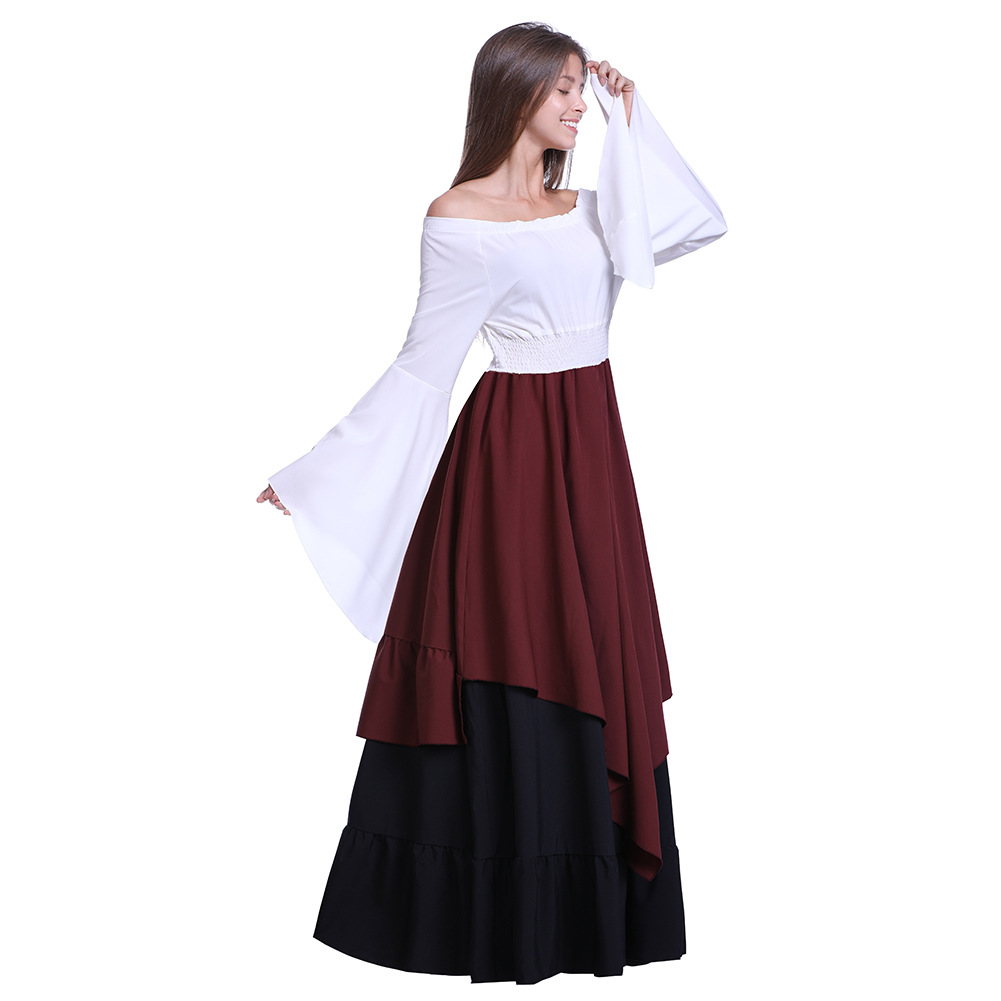
Halloween activities include trick-or-treating (or the related guising), attending Halloween costume parties, carving pumpkins into jack-o’-lanterns, lighting bonfires, apple bobbing, divination games, playing pranks, visiting haunted attractions, telling scary stories, and watching horror films. In many parts of the world, the Christian religious observances of All Hallows’ Eve, including attending church services and lighting candles on the graves of the dead, remain popular, although elsewhere it is a more commercial and secular celebration. Some Christians historically abstained from meat on All Hallows’ Eve, a tradition reflected in the eating of certain vegetarian foods on this vigil day, including apples, potato pancakes, and soul cakes.
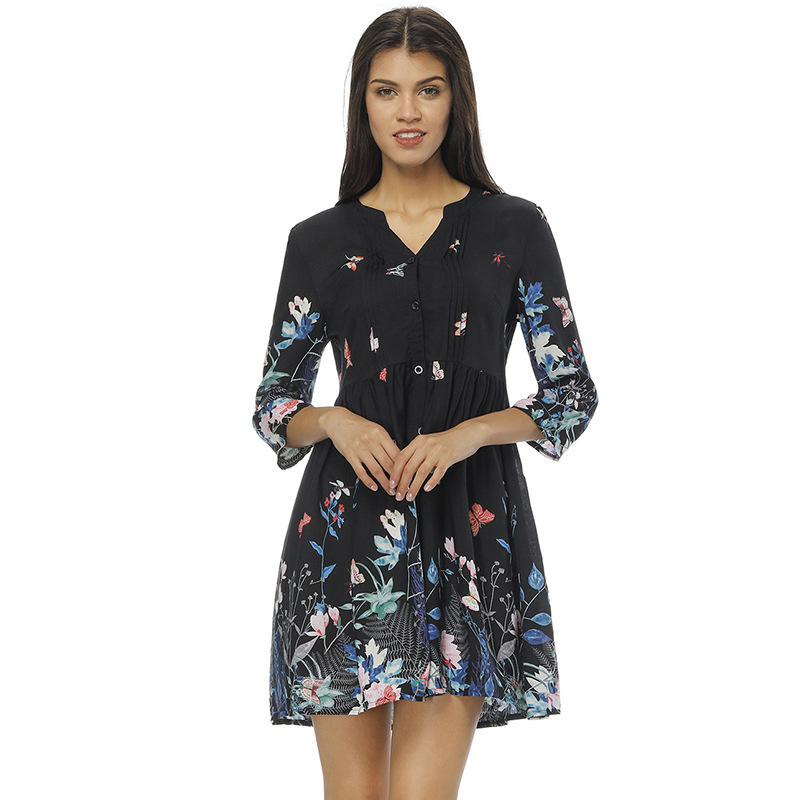
Halloween evolved from the ancient Celtic holiday of Samhain, but Halloween today is less about the fear of ghosts and ghouls and more about costumes and candy. The Celts, who used the day to mark the end of the harvest season and the beginning of winter, also believed that the change of seasons was a bridge to the world of the dead. Over the centuries, Halloween transitioned from a pagan ritual to a day of parties, costumes, jack-o-lanterns and sweet treats for kids and adults.
Halloween costumes are traditionally modeled after supernatural figures such as vampires, monsters, ghosts, skeletons, witches, and devils. Over time, in the United States, the costume selection extended to include popular characters from fiction, celebrities, and generic archetypes such as ninjas and princesses.
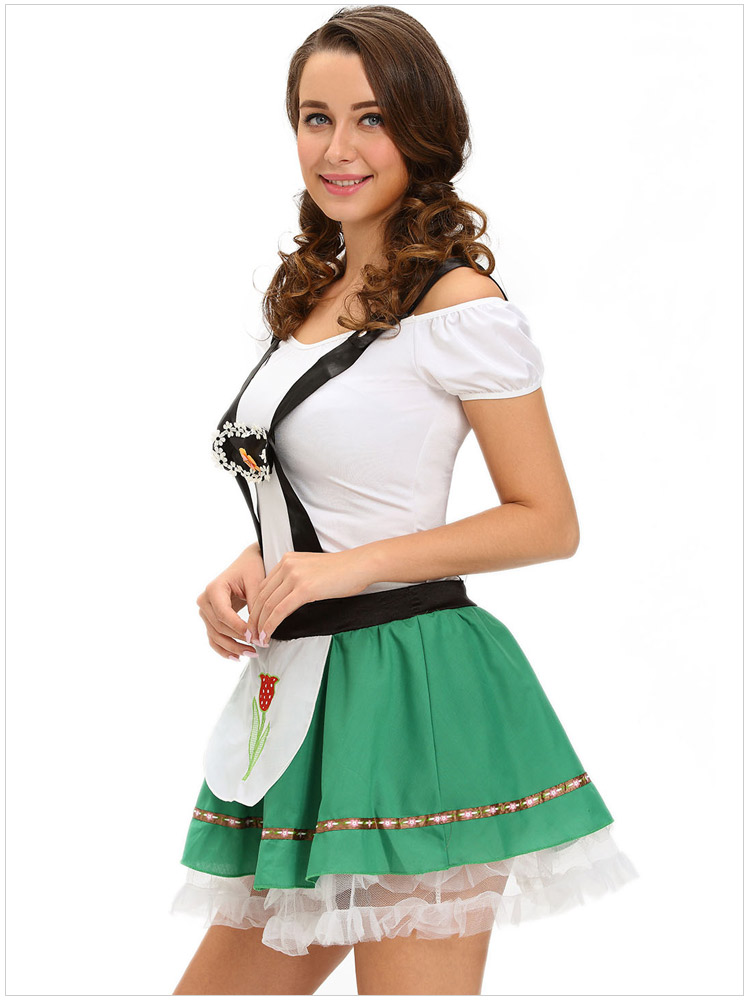
Dressing up in costumes and going “guising” was prevalent in Ireland and Scotland at Halloween by the late 19th century. Costuming became popular for Halloween parties in the US in the early 20th century, as often for adults as for children. The first mass-produced Halloween costumes appeared in stores in the 1930s when trick-or-treating was becoming popular in the United States.

The yearly New York Halloween Parade, begun in 1974 by puppeteer and mask maker Ralph Lee of Greenwich Village, is a large Halloween parade and one of America’s only major nighttime parades (along with Portland’s Starlight Parade), attracting more than 60,000 costumed participants, two million spectators, and a worldwide television audience of over 100 million. The largest Halloween parade in the world takes place in Derry in Northern Ireland, which was named the “best Halloween destination in the world” having been voted number one in a USA Today readers’ poll in 2015.

Eddie J. Smith, in his book Halloween, Hallowed is Thy Name, offers a religious perspective to the wearing of costumes on All Hallows’ Eve, suggesting that by dressing up as creatures “who at one time caused us to fear and tremble”, people are able to poke fun at Satan “whose kingdom has been plundered by our Saviour”. Images of skeletons and the dead are traditional decorations used as memento mori.
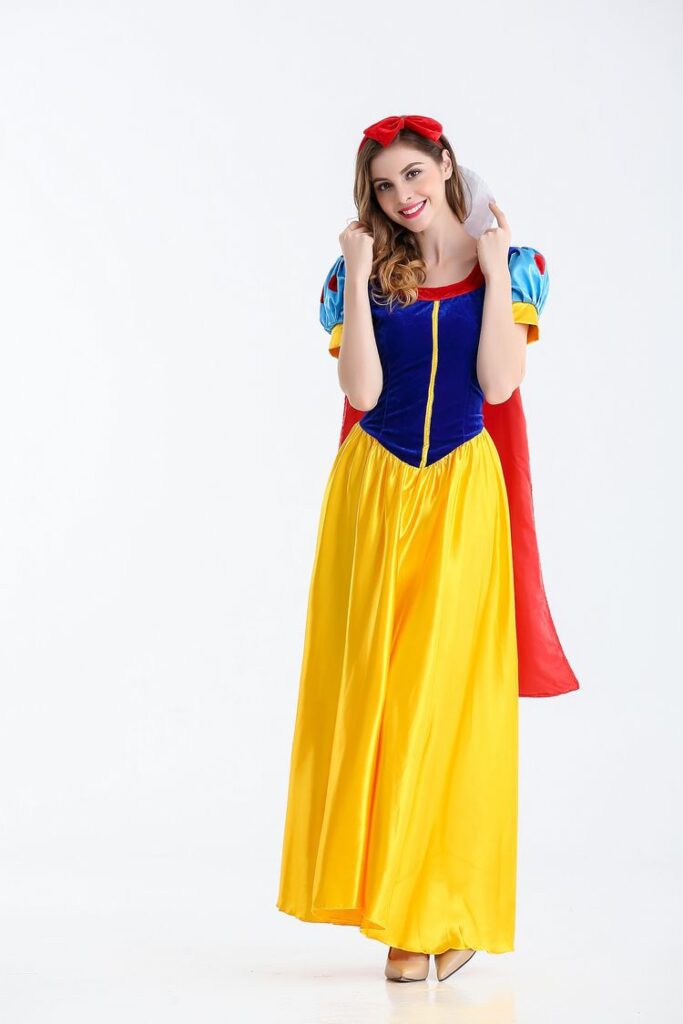
“Trick-or-Treat for UNICEF” is a fundraising program to support UNICEF,[84] a United Nations Programme that provides humanitarian aid to children in developing countries. Started as a local event in a Northeast Philadelphia neighborhood in 1950 and expanded nationally in 1952, the program involves the distribution of small boxes by schools (or in modern times, corporate sponsors like Hallmark, at their licensed stores) to trick-or-treaters, in which they can solicit small-change donations from the houses they visit. It is estimated that children have collected more than $118 million for UNICEF since its inception. In Canada, in 2006, UNICEF decided to discontinue their Halloween collection boxes, citing safety and administrative concerns; after consultation with schools, they instead redesigned the program.

